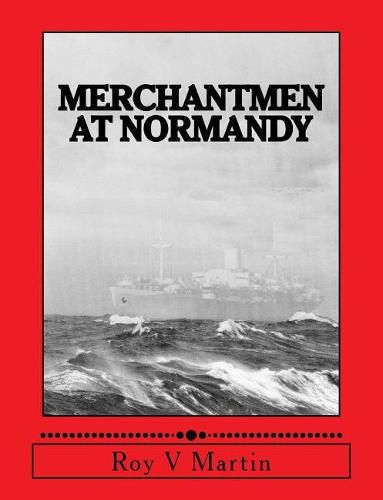Readings Newsletter
Become a Readings Member to make your shopping experience even easier.
Sign in or sign up for free!
You’re not far away from qualifying for FREE standard shipping within Australia
You’ve qualified for FREE standard shipping within Australia
The cart is loading…






At low water on the grey dawn of the 6 June 1944 the greatest invasion force ever assembled lay off the Normandy coast. Among them were thirty six Infantry Landing Ships manned by the British Merchant Navy. During that morning they landed forty thousand soldiers, at all five beaches. They then returned to the south coast of England to reload and continued to ferry troops throughout Operation Neptune and beyond. That evening the first convoy of civilian coasters arrived; these small ships brought fuel, ammunition and more men. The next morning the Liberty ships, both British and American, came with vehicles, fuel and even more troops. Then the hospital carriers and salvage ships joined, as did more and more coasters, and so the build-up continued. Roy Martin describes this vital, but largely forgotten, part of the landings. He explains how the planning involved other civilian organisations and how the various types of ships evolved. He shows how the press correspondents reported the landings and how some of the crews remembered their involvement.
$9.00 standard shipping within Australia
FREE standard shipping within Australia for orders over $100.00
Express & International shipping calculated at checkout
At low water on the grey dawn of the 6 June 1944 the greatest invasion force ever assembled lay off the Normandy coast. Among them were thirty six Infantry Landing Ships manned by the British Merchant Navy. During that morning they landed forty thousand soldiers, at all five beaches. They then returned to the south coast of England to reload and continued to ferry troops throughout Operation Neptune and beyond. That evening the first convoy of civilian coasters arrived; these small ships brought fuel, ammunition and more men. The next morning the Liberty ships, both British and American, came with vehicles, fuel and even more troops. Then the hospital carriers and salvage ships joined, as did more and more coasters, and so the build-up continued. Roy Martin describes this vital, but largely forgotten, part of the landings. He explains how the planning involved other civilian organisations and how the various types of ships evolved. He shows how the press correspondents reported the landings and how some of the crews remembered their involvement.